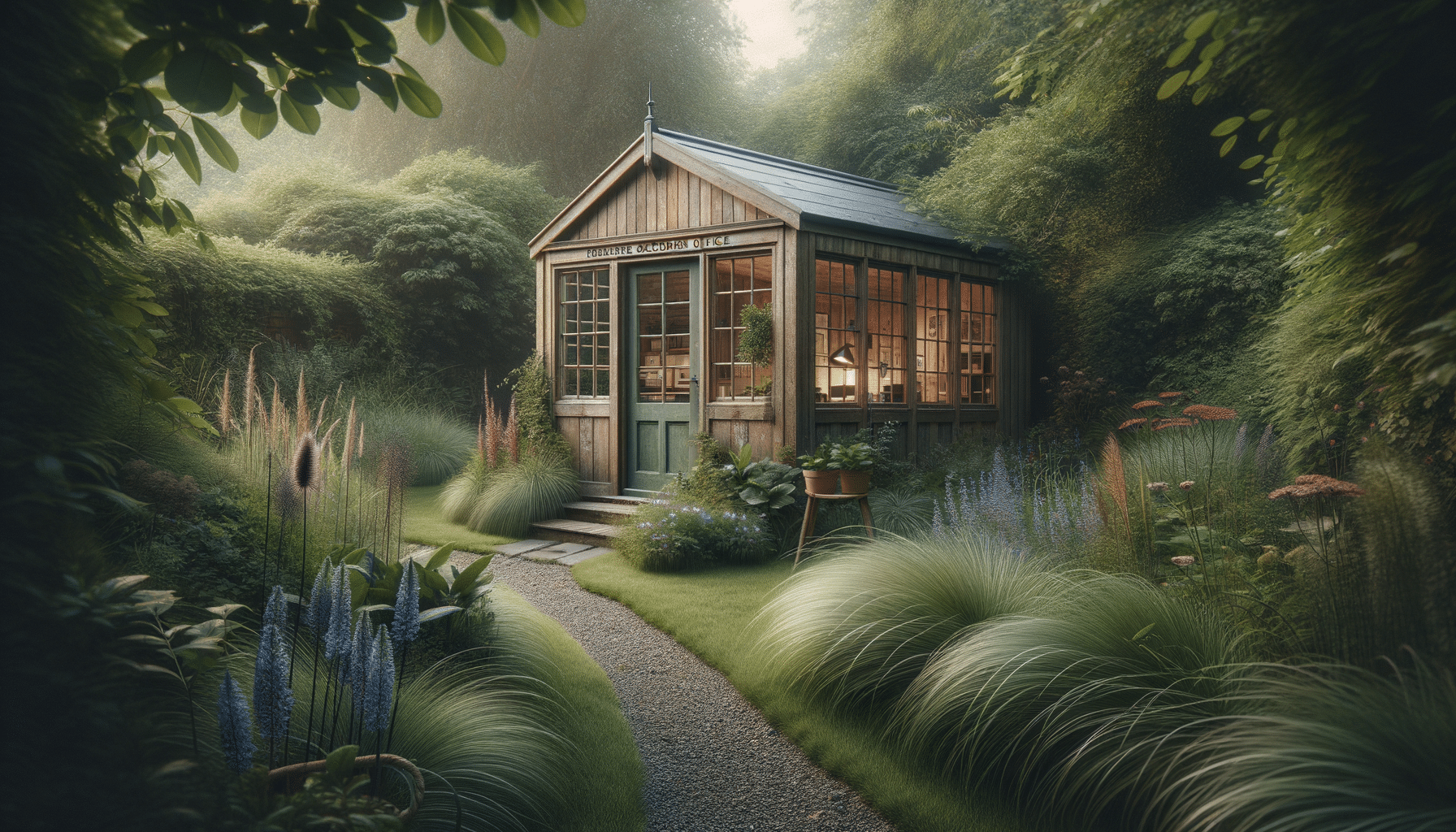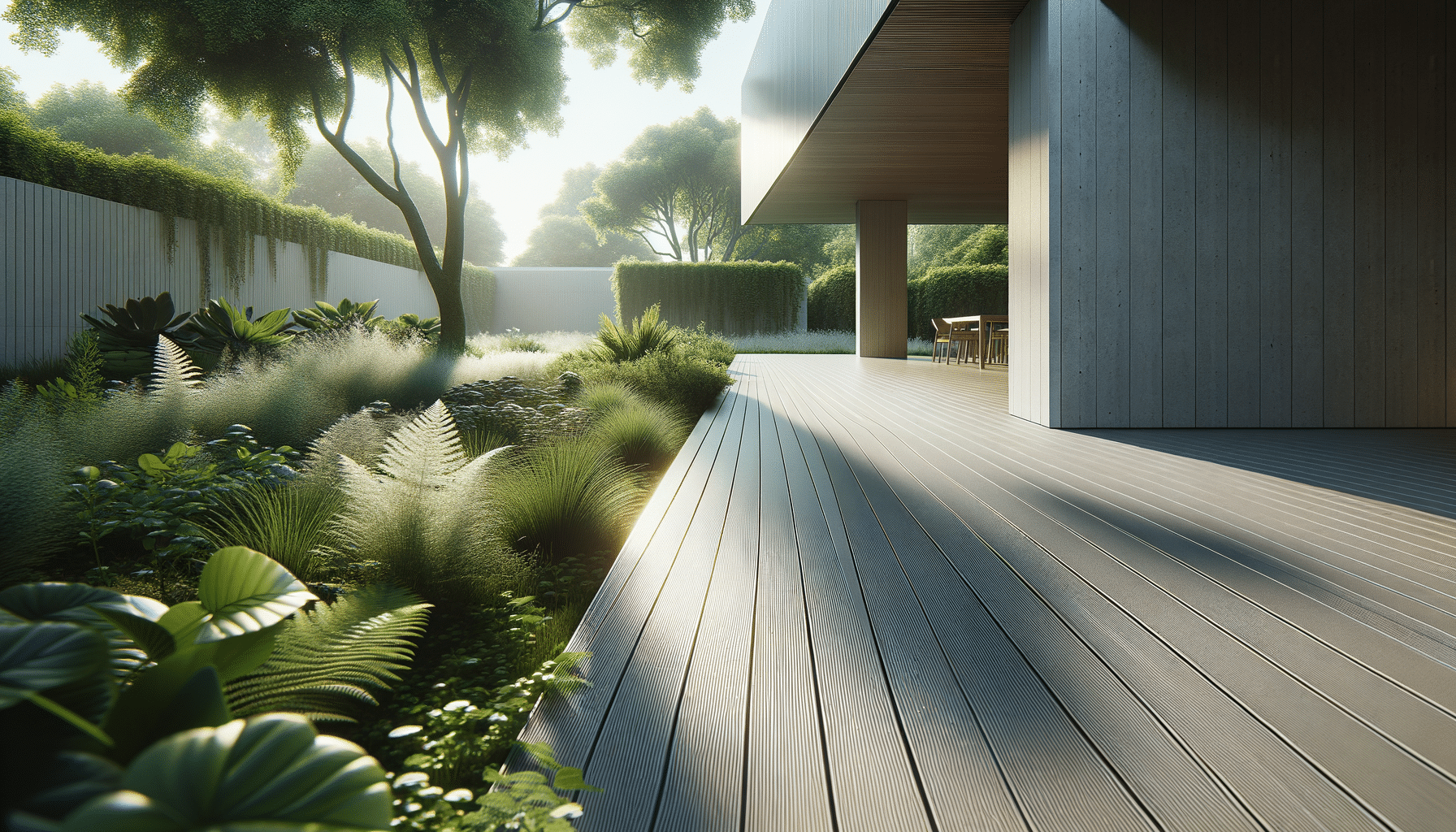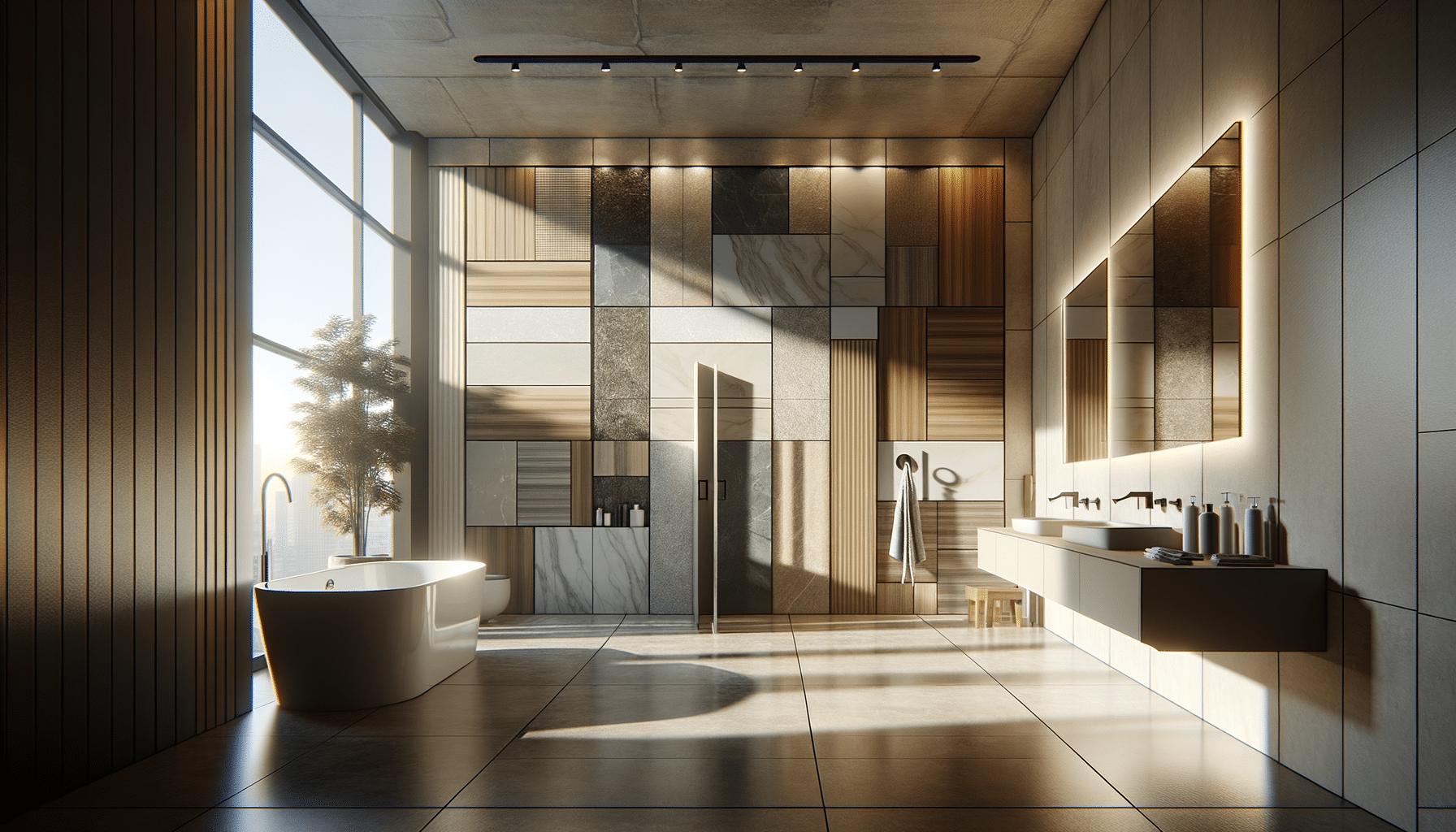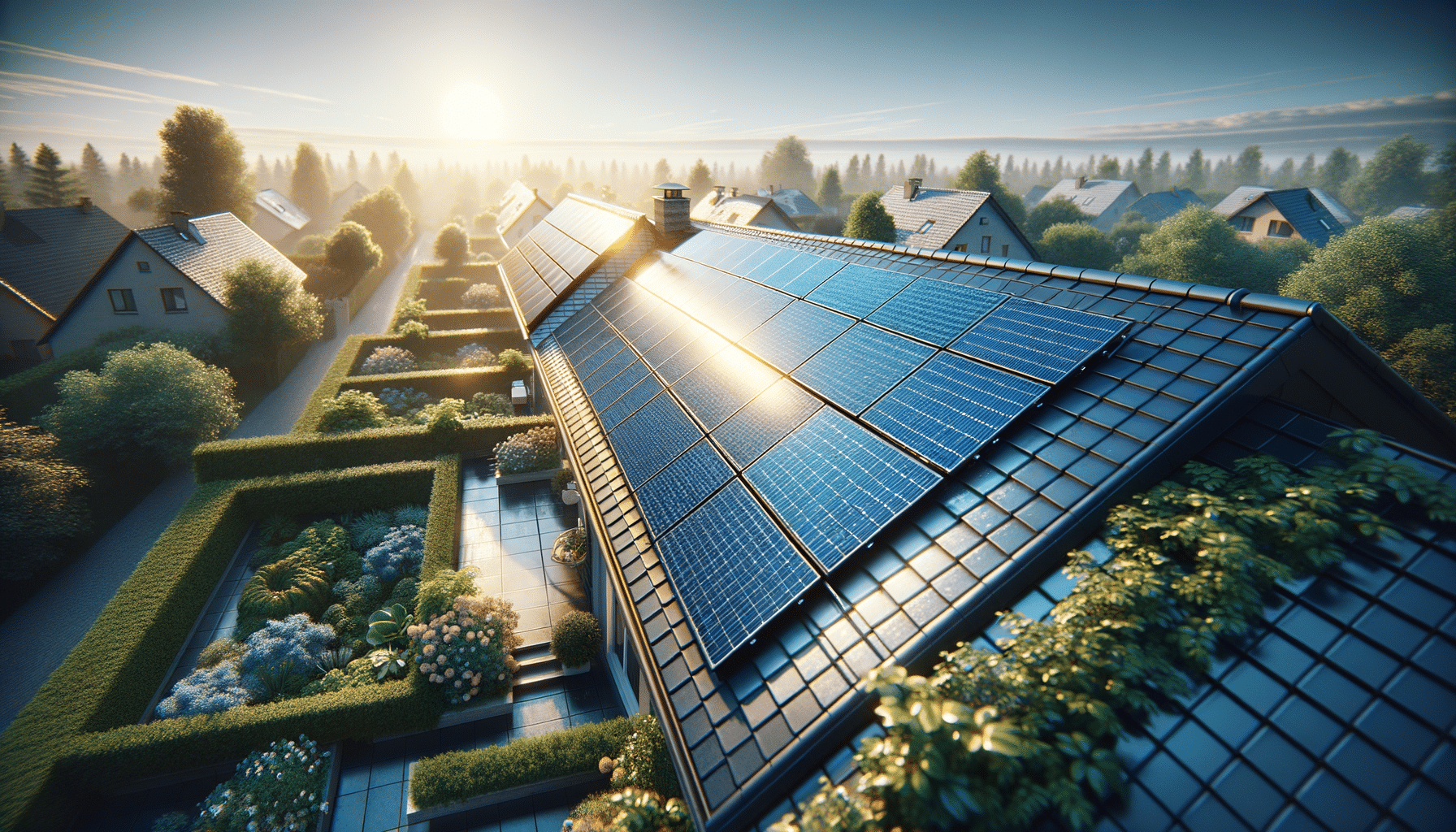
Creating a Garden Office for Flexible Work
The Rise of the Garden Office
In recent years, the concept of a garden office has gained traction among remote workers seeking to balance productivity and tranquility. As the traditional office environment continues to evolve, many professionals are turning to home-based solutions that offer both convenience and a refreshing change of scenery. A garden office is essentially a small, purpose-built structure situated in the garden or backyard, designed to serve as a dedicated workspace. The appeal lies in its ability to provide a quiet and private setting, free from the typical distractions of home life.
One of the driving factors behind the popularity of garden offices is the shift towards flexible work arrangements. With more people working remotely, the need for a dedicated workspace has become apparent. A garden office meets this need by offering a professional environment just steps away from the main living area. This separation helps maintain a clear boundary between work and personal life, which is crucial for productivity.
Moreover, garden offices are often designed with sustainability in mind. Many are constructed using eco-friendly materials and incorporate features such as solar panels and rainwater collection systems. This not only reduces the environmental impact but also aligns with the growing trend of sustainable living. As more individuals prioritize eco-conscious choices, the garden office emerges as an attractive option that combines functionality with environmental responsibility.
Designing Your Garden Office
Designing a garden office involves careful consideration of several factors to ensure it meets your specific needs. The first step is to assess the available space in your garden. It’s important to choose a location that offers adequate sunlight and is sheltered from harsh weather conditions. The orientation of the office should also be considered to maximize natural light, which is essential for creating a pleasant and energizing workspace.
When it comes to materials, there are several options to explore. Timber is a popular choice due to its natural appearance and insulating properties. Alternatively, you might consider using recycled materials for a more sustainable approach. The interior of the garden office should be designed with comfort and functionality in mind. Consider incorporating ergonomic furniture, ample storage, and effective lighting to enhance productivity.
Another key aspect of garden office design is connectivity. Ensuring a reliable internet connection is crucial for remote work. This might involve extending your home Wi-Fi network or installing a dedicated line. Additionally, consider the integration of smart technology, such as automated lighting and climate control, to create a modern and efficient workspace.
Benefits of Working from a Garden Office
Working from a garden office offers numerous benefits that contribute to both professional success and personal well-being. One of the most significant advantages is the ability to create a distraction-free environment. Unlike working from a dining table or living room, a garden office provides a designated space where you can focus solely on your tasks.
The proximity to nature also plays a vital role in enhancing mental health and creativity. Studies have shown that exposure to natural surroundings can reduce stress and increase cognitive function. A garden office allows you to enjoy these benefits daily, with the added bonus of a serene view from your desk.
Furthermore, a garden office can increase property value. As remote work continues to be a staple for many industries, having a dedicated workspace at home is a desirable feature for potential buyers. This makes a garden office not only a practical investment for current use but also a valuable asset for the future.
Challenges and Considerations
While the idea of a garden office is appealing, there are challenges and considerations to address before embarking on such a project. One of the primary concerns is the cost. Building a garden office can be a significant investment, especially if you opt for high-quality materials and advanced features. It’s important to set a realistic budget and explore different financing options if necessary.
Another consideration is the legal aspect. Depending on your location, constructing a garden office may require planning permission or adherence to local building codes. It’s advisable to consult with local authorities or a professional to ensure compliance with all regulations.
Additionally, maintenance is a factor to keep in mind. Like any structure, a garden office will require regular upkeep to remain functional and aesthetically pleasing. This might include tasks such as repainting, repairing any damage, and maintaining the surrounding garden area. Planning for these ongoing responsibilities is essential for the long-term success of your garden office.
Conclusion: Embracing the Garden Office Lifestyle
The garden office represents a harmonious blend of work and nature, offering a unique solution for those seeking flexibility and focus in their professional lives. By carefully considering design, location, and functionality, you can create a space that not only enhances productivity but also enriches your overall well-being.
As remote work continues to evolve, the garden office stands out as a forward-thinking option that addresses the challenges of modern work life. Whether you’re a freelancer, entrepreneur, or part of a remote team, embracing the garden office lifestyle can lead to a more balanced and fulfilling work experience.
With its ability to provide a peaceful and inspiring environment, a garden office is more than just a workspace—it’s a gateway to a healthier work-life balance and a testament to the possibilities of innovative living.


